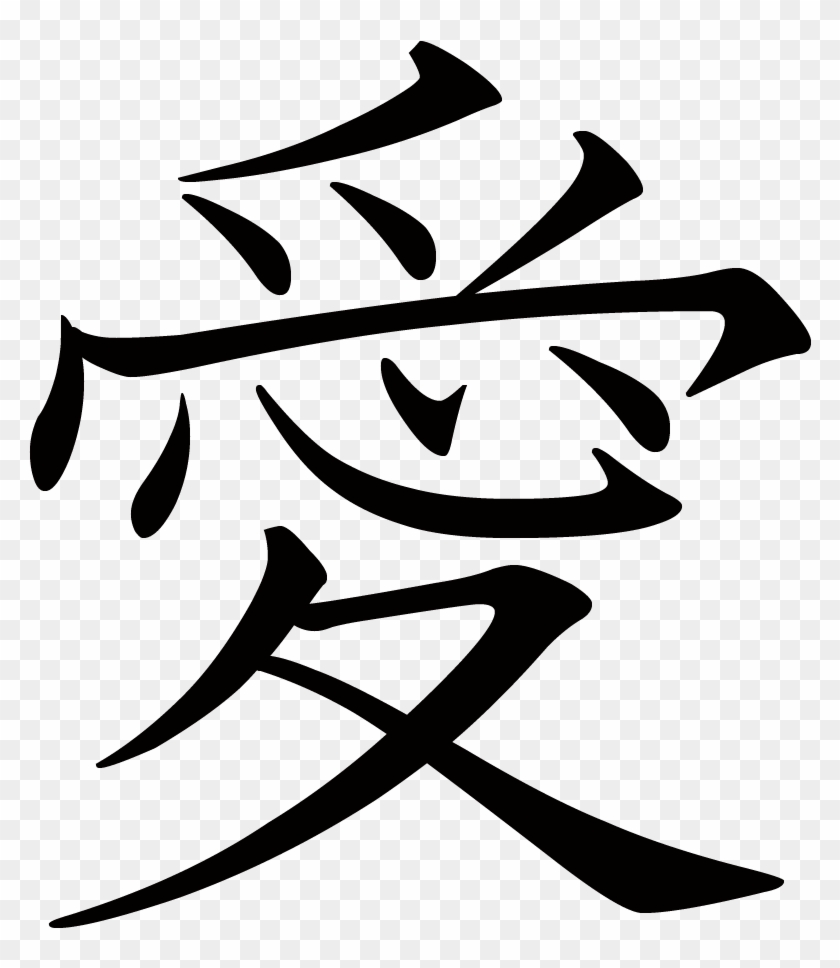Japanese Calligraphy I Love You
An artist follows different techniques and uses tools to make a perfect calligraphy. Chinese Painting Chinese Art Chinese Brush Calligraphy Tattoo Caligraphy Kanji Japanese Japanese Art Kanji Love Art Japonais More information.

Shodo Japanese Calligraphy Japanvisitor Japan Travel Guide
The Kanji script has been around for centuries adding to the beauty and history of the Japanese symbols.

Japanese calligraphy i love you. Love - Shikishi Case. Get it as soon as Wed May 19. Ai shiteru 愛してる I Love You Deeply The word ai shiteru 愛してる is essentially the default phrase for I love you in Japanese.
Writing love in Japanese is represented as the kanji symbol 愛 which means love and affection. With Tenor maker of GIF Keyboard add popular I Love You Calligraphy animated GIFs to your conversations. As you view Master Takases Japanese Calligraphy art remember each piece is an original and personally created by Master Takase herself.
This is one of our popular designs. In Japanese the word love is ai which is written like this. Japanese calligraphy shodo the way of writing is a fine art of expressing the beauty of Japanese syllabaries.
This could be a great gift if there is someone in your life that you want to be reminded of your love daily. This design combines both Japanese kanji and hiragana. Shikishi is a typical Japanese cardboard for a calligraphy or a painting which is bordered by thin gold paper.
Whether you are looking for Japanese art for your home a gift commercial art for your logo or illustrations for your book a seal design or focal art for your dojo we would be delighted to work with you. Japanese Calligraphy Art Designs. If you want to have a look first at my Dharma art click here to.
Shikishi is a typical Japanese cardboard for a calligraphy or a painting which is edged with a thin golden trim. Different styles of traditional Japanese calligraphy can be found that have been practicing by the calligraphy masters especially in Japan. The verb to love is aisuru 愛する.
Japanese is classified as a pro-drop pronoun drop language where the pronouns are commonly omitted.
This calligraphy was created by Li Dan-Qing of Beijing China. Materials are xuan paper known in the west incorrectly as rice paper mounted to a silk brocade wall scroll. Beautifully written by our ONE KYOTO GALLERY calligraphy artist TOSHIKI.
Find and save ideas about japanese calligraphy on Pinterest. FREE Shipping by Amazon.
912 x 10 34 24cm x 27cm. Japanese calligraphy set 9 parts Shodo calligraphy pen three brushes and paper inkstone and ink stick non slip underlay Paperweight with clear case Dark Blue edgeClear case 44 out of 5 stars 48. The Japanese phrase aishiteru is actually just a verb 愛してる read aishiteru which literally means loving.
Notice that both the subject and the object are omitted. Let me introduce you to the way I practice and experience shodo and show you why it is an unceasing source of inspiration for my life and my art. A perfect blend of old style calligraphy with the modern belief in universal love Japanese symbols for love is the perfect blend of aesthetic beauty and symbolic meaning.
Share the best GIFs now. It is my wish to bring you closer to the beauty and spiritual power of Japanese Calligraphy. The On-reading is ai this is the Chinese pronunciation based on when the character was brought to Japan The Kun-reading is ito shii this is the native Japanese pronunciation.
Through my words and my artwork I hope you get enthusiastic about this special art form. I Love You in Japanese is 愛してる which is read aishiteru. A literal translation of the phrase I love you in Japanese would be aishite imasu Written out it would look like this.
Mutual for wedding Japanese calligraphy by Fumi Wada Calligraphie japonaise par Fumi Wada. It takes 13 strokes to create the kanji for love. Painted by hand and the wall scroll is crafted by hand.
It is also the one that arguably comes closest in meaning to the English expression I love you The character 愛 ai literally translates to love typically with the connotation of romantic love. A universal phrase that most have uttered to someone at.
